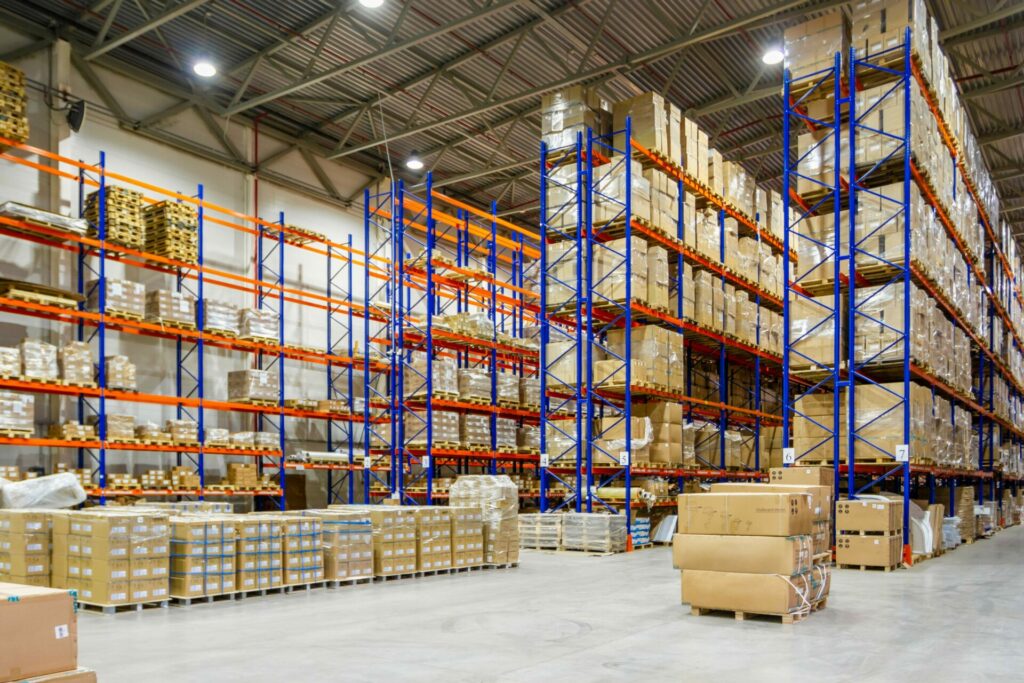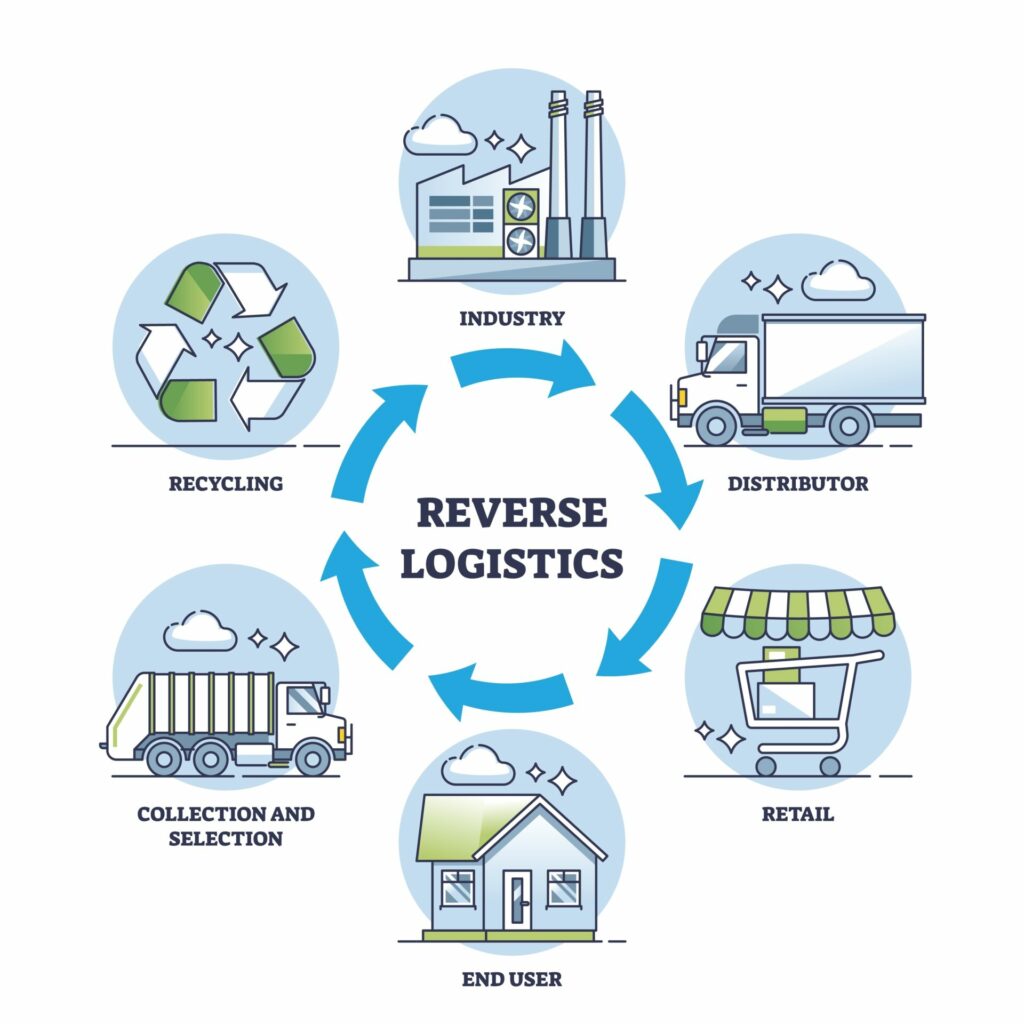In the fast-paced world of e-commerce, shipping plays a crucial role in the success of a business. The way packages are delivered can make or break the customer experience, and in a highly competitive environment, it can be a key differentiator for brands.
With economic distress and consumers becoming more cautious about their spending, e-commerce brands need to step up their shipping game in order to retain customers. In this article, we will discuss the current e-commerce shipping landscape and six shipping challenges that e-commerce brands are facing and explore strategies to overcome them.
E-commerce shipping at a glance
In 2023, it is projected that e-commerce order volume will reach 2.14 billion, highlighting the importance of a smooth shipping process. What’s more, 22% of consumers drop out of an online shopping session because shipping is too slow, according to Forbes. However, a recent study from Kearny shows customers are not as demanding from same-day or next-day shipping, as long as they know when the product is coming and the arrival date is reasonable.
Brands need to focus on delivering a seamless shipping experience to retain customers and remain competitive. Let’s dive into the shipping challenges that e-commerce brands need to address and the solutions to overcome them.

6 e-commerce shipping challenges (and how to overcome them)
High Shipping Costs: One of the significant challenges faced by e-commerce businesses is the , especially during peak seasons. Carriers often impose surcharges, and general rate increases (GRIs) due to factors like inflation, which can significantly impact shipping expenses.
To overcome this challenge, e-commerce brands can diversify their parcel carriers to find cost-effective options. Another strategy is to consider multi-node fulfillment, which involves distributing inventory across multiple warehouses closer to customers, reducing shipping distances. Additionally, setting free shipping thresholds can encourage customers to spend more and offset some of the shipping costs.
Complex Reverse Logistics: Returns are inevitable in e-commerce, but if the reverse logistics process is not seamless and customer-friendly, it can negatively impact the bottom line and customer retention. For example, if customers have to request a return label from a support admin instead of being able to self-service, it adds unnecessary time and effort for both the customer and the support team.
To overcome this challenge, e-commerce brands should look for a Warehouse Management System (WMS) that can integrate with top returns providers. This integration streamlines the returns process and provides a better experience for customers. Offering self-service returns, where customers can generate return labels themselves, also simplifies the process and reduces the burden on customer support.
Lack of Inventory Visibility: Successful omnichannel retail requires complete and accurate visibility into available inventory and its location. Brands that aim to keep their customers satisfied must avoid major inventory mishaps like stockouts.

To overcome this challenge, e-commerce brands should invest in that enables real-time visibility of inventory. It is crucial to ensure that their warehousing platform can seamlessly connect with their e-commerce order platform, allowing them to have an accurate understanding of inventory volume and availability. This integration helps prevent overselling and improves inventory management.
Labor Shortages: The shortage of labor in warehousing has been a significant challenge, although it has improved compared to the onset of the pandemic. Businesses still face difficulties in recruiting and retaining employees, especially with the rise of remote work as the new normal. Some associates may be reluctant to work in-person at warehouses.
To overcome this challenge, e-commerce brands can partner with a third-party logistics (3PL) provider that has established relationships with employment agencies. These partnerships can help overcome labor shortages by providing access to a pool of qualified workers and expertise in flexing up or down according to seasonality and order volume. Additionally, developing an employee retention strategy, including continued education, training, growth opportunities, regular reviews, and incentives for positive performance, can help retain valuable warehouse employees. Offering more flexible working hours can also attract and retain talent.
Slow shipping speeds: Slow shipping speeds can lead to a negative customer experience. Two-day shipping is no longer a “nice to have” but rather an expectation. Customers will leave after a negative delivery experience, highlighting the importance of fast shipping.
To overcome this challenge, e-commerce brands can streamline and automate their order fulfillment processes so that the package is ready to be shipped sooner rather than later. They can also work with parcel carriers to understand the best partner to meet their shipping standards.
High customer expectations: E-commerce brands face increasingly high expectations from customers, who want their packages delivered faster than ever before. The rise of fast and convenient shipping options has set a new standard, and customers expect their orders to arrive promptly. However, it’s not just about speed. Customers also desire personalization at every touchpoint of their shopping journey. They want tailored recommendations, personalized offers, and a seamless, customized experience from start to finish.
To overcome this challenge, e-commerce brands need to revamp their processes and ensure their tech-stack is up-to-date. They should invest in advanced technology solutions that enable them to collect and analyze customer data, allowing for personalized recommendations and offers. This can include utilizing artificial intelligence (AI) and machine learning algorithms to understand customer preferences and behaviors.

Who’s up to the challenge?
Partnering with a (3PL) can be beneficial in overcoming these challenges. A 3PL with expertise in e-commerce fulfillment can optimize the entire process, from inventory management to order processing and shipping. They often have established relationships and negotiated rates with carriers, which can help streamline the shipping process and ensure faster delivery times.
Moreover, a 3PL with advanced technology solutions can provide better insights into the fulfillment process. This includes real-time tracking and visibility, allowing customers to track their packages at every step of the journey. It also enables the e-commerce brand to proactively address any issues or delays, providing a more transparent and satisfactory customer experience.
By partnering with a 3PL that optimizes the fulfillment process, leverages advanced technology, and offers personalized services, e-commerce brands can better meet and exceed customer expectations. This, in turn, leads to higher customer satisfaction, increased loyalty, and a competitive edge in the e-commerce market.




